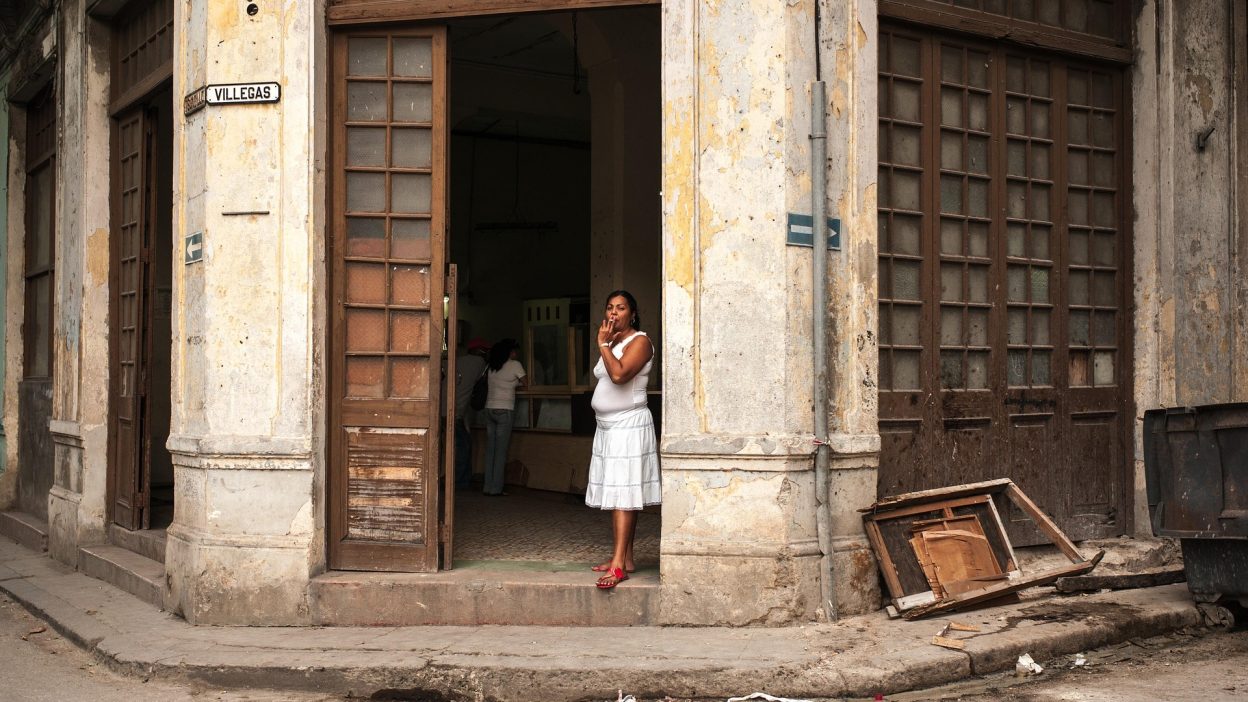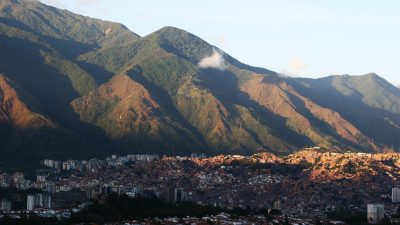When Nature’s Fury Became Cuba’s Deadliest Nightmare
The 1932 Cuba Hurricane remains one of the most catastrophic hurricanes in the nation’s history. With winds exceeding 175 mph (280 km/h), it obliterated entire towns, leaving behind a landscape of devastation. Coastal communities were overwhelmed by towering storm surges, and thousands perished in a calamity that exposed vulnerabilities in disaster preparedness. The storm stands as a grim testament to the unrelenting force of nature.
A Force Unleashed: The 1932 Hurricane’s Devastation Across Cuba
As the hurricane approached, Cuba’s defences were powerless against its ferocity. Lacking modern meteorological advancements, early warnings were insufficient, and by the time the full scale of the threat became evident, it was too late for many to escape.
With wind speeds surpassing 175 mph, the hurricane demolished homes, uprooted trees, and turned debris into lethal projectiles. Streets became torrents as relentless rainfall inundated communities. The storm’s rapid intensification left minimal opportunity for preparation, leading to widespread devastation.
The Grim Statistics: Death, Injury, and Widespread Ruin
- Fatalities: More than 3,500 lives were lost, marking it as one of Cuba’s deadliest hurricanes. Many victims drowned in surging floodwaters, while others were trapped in collapsing buildings.
- Injuries and Displacement: Thousands sustained serious injuries, ranging from fractures to deep wounds, while over 100,000 individuals were rendered homeless overnight.
- Economic Fallout: The destruction of crucial industries, including sugar plantations, inflicted financial losses in the millions, crippling the economy for years.
Government Shortcomings: Could More Lives Have Been Saved?
Despite the hurricane’s ferocity, Cuba’s governmental response was inadequate. Evacuation plans were nearly non-existent, and warnings failed to reach vulnerable populations in time. Consequently, thousands were left defenceless as the storm struck with full force.
Many experts argue that a swifter, more organised response could have significantly reduced the death toll. The absence of emergency shelters and coordinated relief efforts exacerbated the humanitarian crisis, leaving countless victims without aid in the aftermath.
The Hardest Hit: How the Poor Suffered the Most
As in many disasters, the most economically disadvantaged bore the heaviest burden. Wealthier residents managed to flee, but impoverished families lacked the means to relocate. Their homes, often constructed with fragile materials, stood little chance against the storm’s might.
After the hurricane, these communities faced hunger, illness, and prolonged homelessness. Aid was slow to arrive, leaving many struggling to survive long after the storm had dissipated. The tragedy exposed deep societal disparities that influenced who survived and who perished.
The Ocean’s Wrath: The Deadly Storm Surge That Drowned Towns
The hurricane’s storm surge was its deadliest weapon. Towering waves surged inland, submerging entire settlements and claiming thousands of lives. Reports detailed water levels rising over 20 feet (6 metres) in a matter of minutes, leaving residents with no time to escape.
Survivors recalled clinging to rooftops and treetops for hours as raging waters engulfed everything below. The destruction was unprecedented—boats were flung miles inland, and entire towns were wiped from existence. This single factor transformed the storm into an unparalleled humanitarian catastrophe.
Comparing the 1932 Cuba Hurricane to Other Historic Storms
- Wind Strength: With 175 mph winds, the hurricane was one of the strongest recorded in the Atlantic at the time.
- Storm Surge: Among the deadliest in Cuba’s history, the surge swallowed coastal settlements, claiming thousands of lives.
- Human Cost: The staggering death toll of over 3,500 exceeded that of many modern hurricanes due to lack of preparedness.
- Economic Impact: The obliteration of vital industries such as agriculture left lasting financial scars on the nation.
A Nation Transformed: How the 1932 Hurricane Reshaped Cuba
In the wake of the catastrophe, Cuba began re-evaluating its hurricane preparedness strategies. Though relief efforts were sluggish, discussions emerged on improving warning systems and strengthening infrastructure to prevent similar tragedies.
Over time, Cuba implemented one of the world’s most effective hurricane response protocols. However, for those who endured the 1932 storm, the physical and emotional wounds remained deep, serving as a constant reminder of the disaster’s horror.
Could Another Mega-Hurricane Strike Cuba Again?
With climate change intensifying storms, scientists warn that Cuba remains at risk of experiencing another disaster of this scale. Rising ocean temperatures and sea levels create the conditions necessary for stronger and more destructive hurricanes.
While forecasting has vastly improved, densely populated regions remain vulnerable. A direct hit from another Category 5 hurricane today could still result in catastrophic losses if infrastructure and emergency response measures are not adequately maintained.
Are We Truly Prepared? The 1932 Hurricane’s Lessons for Today
Cuba has made tremendous strides in hurricane preparedness, but globally, many nations continue to repeat the mistakes of the past. Poor urban planning, inadequate disaster management, and climate inaction persist, placing millions at risk.
The 1932 Cuba Hurricane serves as a dire warning—nature’s fury is unstoppable, but human negligence magnifies its toll. As extreme weather events grow more frequent, the lessons of this disaster must be heeded to prevent history from repeating itself.
FAQs
1. How many lives were lost in the 1932 Cuba Hurricane?
More than 3,500 people perished, making it one of Cuba’s deadliest storms.
2. What was the classification of the 1932 Cuba Hurricane?
It was a Category 5 hurricane, with winds exceeding 175 mph (280 km/h).
3. What was the financial cost of the disaster?
The damage amounted to millions of dollars, with thousands left homeless and vital industries devastated.
4. How effective was the government’s response?
The response was slow and inadequate, leading to unnecessary loss of life and suffering.
5. Is Cuba at risk of experiencing another storm of this magnitude?
Yes, due to climate change, Cuba remains vulnerable to future mega-hurricanes.
References:
“1932 Cuba hurricane”
“1932 Atlantic hurricane season”




